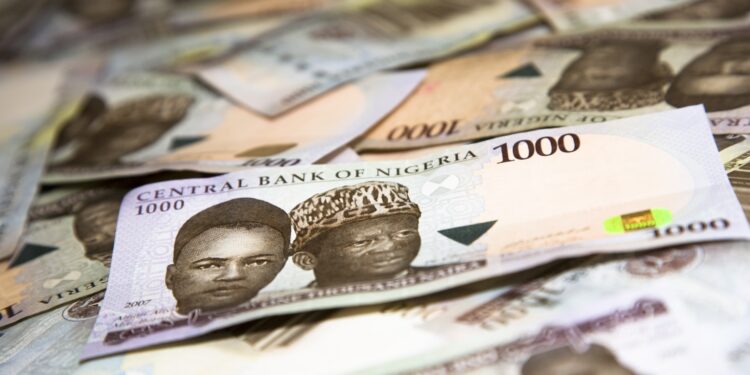Nigeria’s broad money supply (M3) increased to N119.04 trillion in October 2025 from N117.78 trillion in September. The latest figures from the money and credit statistics data on the website of the Central Bank of Nigeria show a rise of N1.25 trillion, equal to 1.06% month on month.
On a year-on-year basis, M3 rose by N11.04 trillion or 10.22% compared with N107.99 trillion in October 2024, signalling sustained liquidity expansion in the financial system.
The pick-up in October came one month after the Monetary Policy Committee reduced the Monetary Policy Rate by 50 basis points to 27% at its September 2025 meeting. It was the first policy rate cut since 2020 and was taken against the backdrop of easing inflation and improving foreign exchange conditions.
Broad money supply, or M3, is the widest measure of liquidity in the economy. It covers narrow money, quasi money and other liquid financial assets held by the public. The October increase points to a larger stock of cash and near-cash instruments available for spending, saving and investment, even as the CBN tries to calibrate policy easing without reigniting inflation pressures.
Net domestic assets take the lead
The key driver of the October increase in M3 was net domestic assets (NDA). NDA rose from N76.12 trillion in September to N84.23 trillion in October. This represents an increase of N8.11 trillion, equal to 10.65% in a single month. It is one of the strongest monthly jumps recorded in 2025 and signals renewed liquidity injections on the domestic side of the financial system.
NDA captures the banking sector’s claims on government and the private sector, as well as other domestic financial positions. A rise of this magnitude usually reflects higher government borrowing, increased credit to businesses and households or repositioning of banks’ balance sheets in favour of domestic assets.
This strong growth in NDA more than offset a sharp fall in net foreign assets (NFA). NFA dropped from N41.66 trillion in September to N34.80 trillion in October, a decline of N6.86 trillion or 16.45% month on month.
Year on year, NFA is still significantly higher. It rose from N20.79 trillion in October 2024 to N34.80 trillion in October 2025, an increase of N14.01 trillion or 67.41%. The monthly pattern, however, underlines renewed external vulnerability, while the domestic component continues to expand.
Against this backdrop, the November decision to hold the MPR at 27% and keep a generally tight stance can be seen as an attempt by the CBN to prevent the strong growth in NDA and M3 from undermining the recent disinflation gains.
M2 and narrow money remain steady
Money supply, measured as M2, also recorded a modest increase in October. M2 rose from N117.77 trillion in September to N119.03 trillion in October, a gain of N1.25 trillion or 1.06%. On a year-on-year basis, M2 increased from N107.99 trillion in October 2024 to N119.03 trillion in October 2025, equal to a 10.22% rise.
M2 includes narrow money and quasi money, such as savings and time deposits. It, therefore, provides a picture of the most commonly used money balances for transactions and short-term financial decisions. The close alignment between M2 and M3 in October suggests that most of the growth in broad money came from standard deposit and credit channels rather than more exotic financial instruments.
Narrow money, or M1, which covers currency in circulation and demand deposits, showed a smaller movement. It rose from N39.11 trillion in September to N39.35 trillion in October, an increase of N239.0 billion or 0.61%. Year on year, narrow money increased by N4.56 trillion or 13.12% from N34.78 trillion in October 2024.
The numbers indicate that while cash and current account balances are growing steadily, the larger contribution to money supply expansion is coming from savings and term deposits inside M2 and from the strong rise in net domestic assets. Taken together, the October 2025 figures show that domestic credit dynamics, rather than foreign asset accumulation, are now shaping liquidity conditions at a time when the CBN is cautiously easing after its September rate cut and holding firm on rates to keep inflation in check.





















